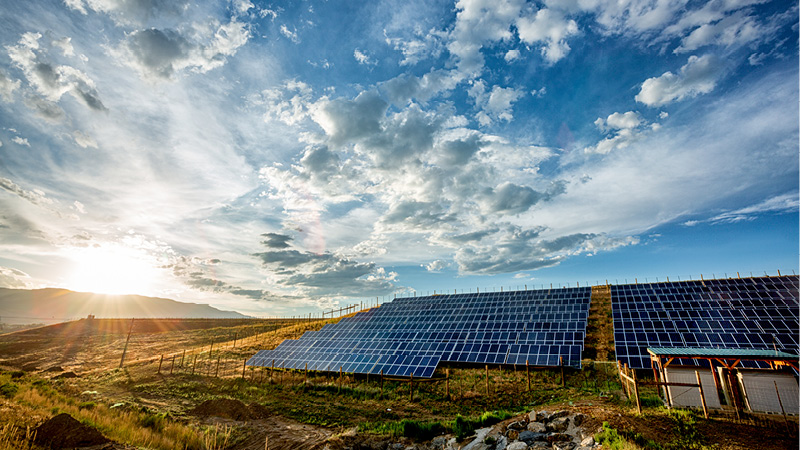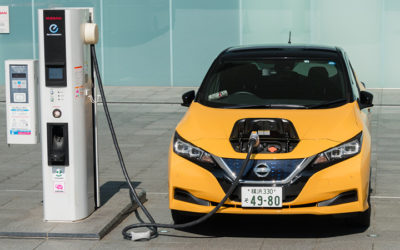

Low-carbon microgrids
The power sector is responsible for about 40% (13.6 GtCO2) of global energy-related CO2 emissions, according to the International Energy Agency’s Energy Technology Perspectives 2017. Under this report’s Reference Technology Scenario (a scenario that would result in a 2.7°C temperature increase by 2100), emissions from the power sector would grow by 6% by 2050. Increasing the speed of renewable electricity deployment is key to decarbonizing the power system and microgrids with renewable energy sources have an important role to play.
A microgrid is a set of energy resources that can operate, if needed, independently from the electricity grid. Microgrids have traditionally relied on fossil fuel generation sources but today’s microgrids commonly use renewable energy, such as solar photovoltaic (PV) with battery storage or backup diesel/natural gas generators.
Microgrid technology is already mature, with planned and installed microgrids currently accounting for over 31 GW of power capacity globally, according to Navigant Research. Some 82% have low-carbon fuel sources and over a third supply energy to commercial or industrial energy buyers.
What are the benefits?
Greenhouse gas (GHG) emissions savings for low-carbon microgrids vary widely depending on the microgrid’s new and previous energy generation sources. Equally important benefits include providing access to energy, increasing energy security and resilience, reducing air pollution, lowering energy costs and offering new revenue streams through the selling of excess power or the offering of balancing services to the grid.
What are the barriers?
High upfront capital costs are a key barrier, although third-party financing models can remove this. Requirements for building permits and generation licenses may slow down or block projects. Restrictive grid codes may also impair uptake.
What do we need to scale up?
- Enabling policies such as favorable grid codes, licensing regulations and tariffs for imported technology components
- Falling levelized costs of renewable electricity and battery storage costs
- Ownership structures and financing options that meet energy buyer’s needs.
More business cases
Battery electric vehicles
Light duty vehicles (LDVs) such as passenger cars and vans are responsible for 51% of CO2 emissions from the transport sector (4.8 GtCO2 on a well-to-wheel, or WTW, basis). WTW emissions include emissions in fuel production and transportation, as well as fuel...
Biofuels in shipping
According to the International Council on Clean Transportation, the shipping sector accounted for 3% (932 MtCO2) of emissions in 2015. The International Energy Agency’s Reference Technology Scenario (a scenario that would result in a 2.7°C temperature increase by...
Building energy management systems
Direct and indirect CO2 emissions from buildings account for 28% of energy-related CO2 emissions, according to Towards a zero-emission, efficient, and resilient buildings and construction sector Global Status Report 2017 by UN Environment and the International Energy...
Follow us
Contact
MAISON DE LA PAIX
Chemin Eugène-Rigot, 2B
Case Postale 2075
CH-1211, Geneva 1
Switzerland
Tel: +41 (22) 839 3100
Fax: +41 (22) 839 3131




